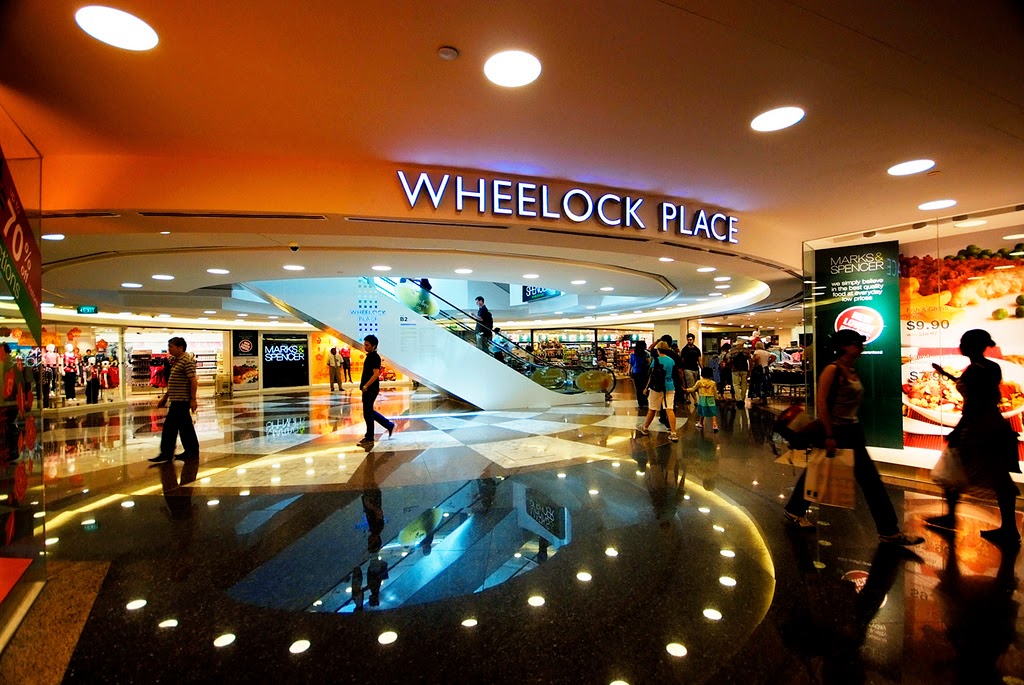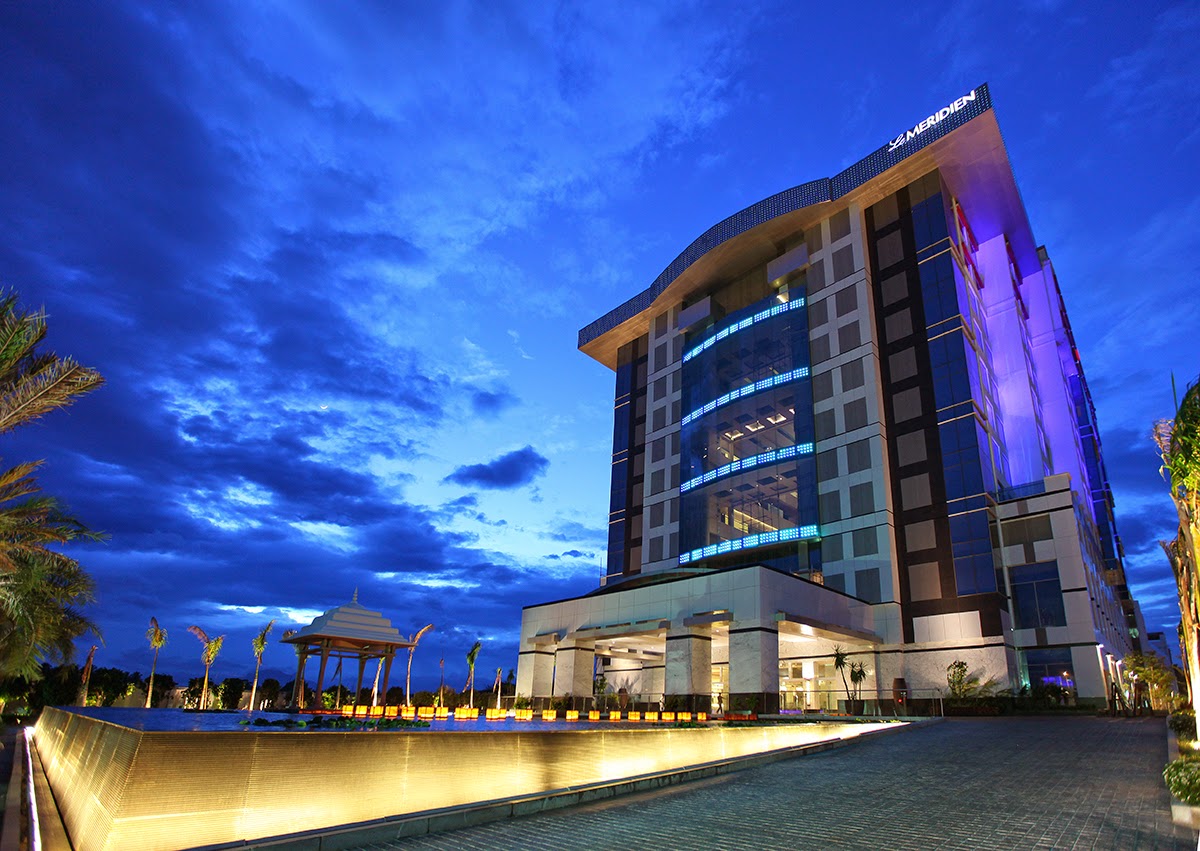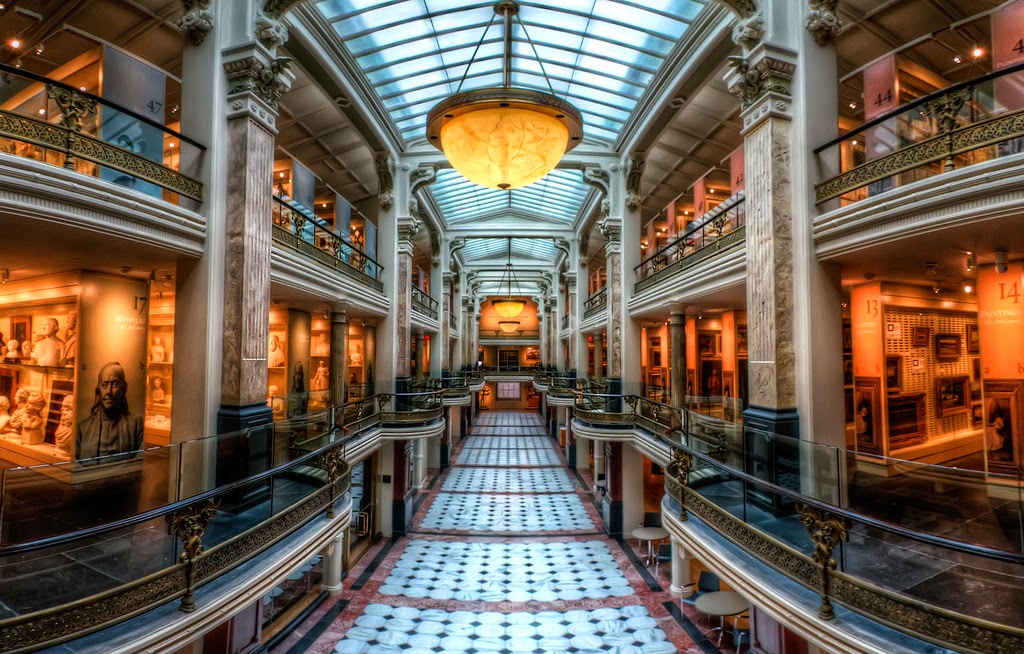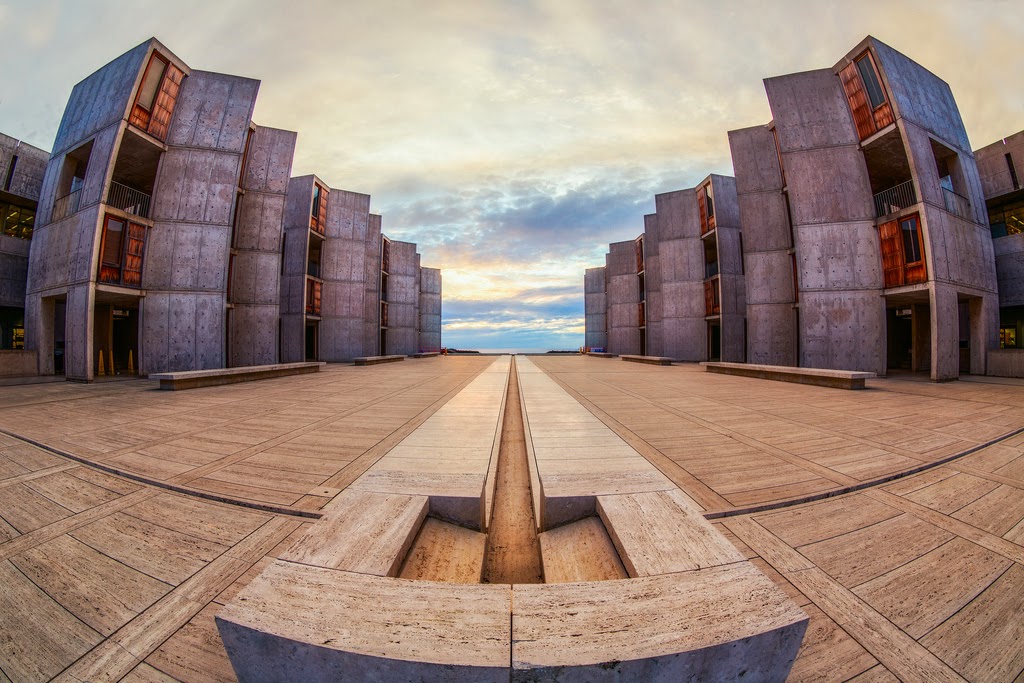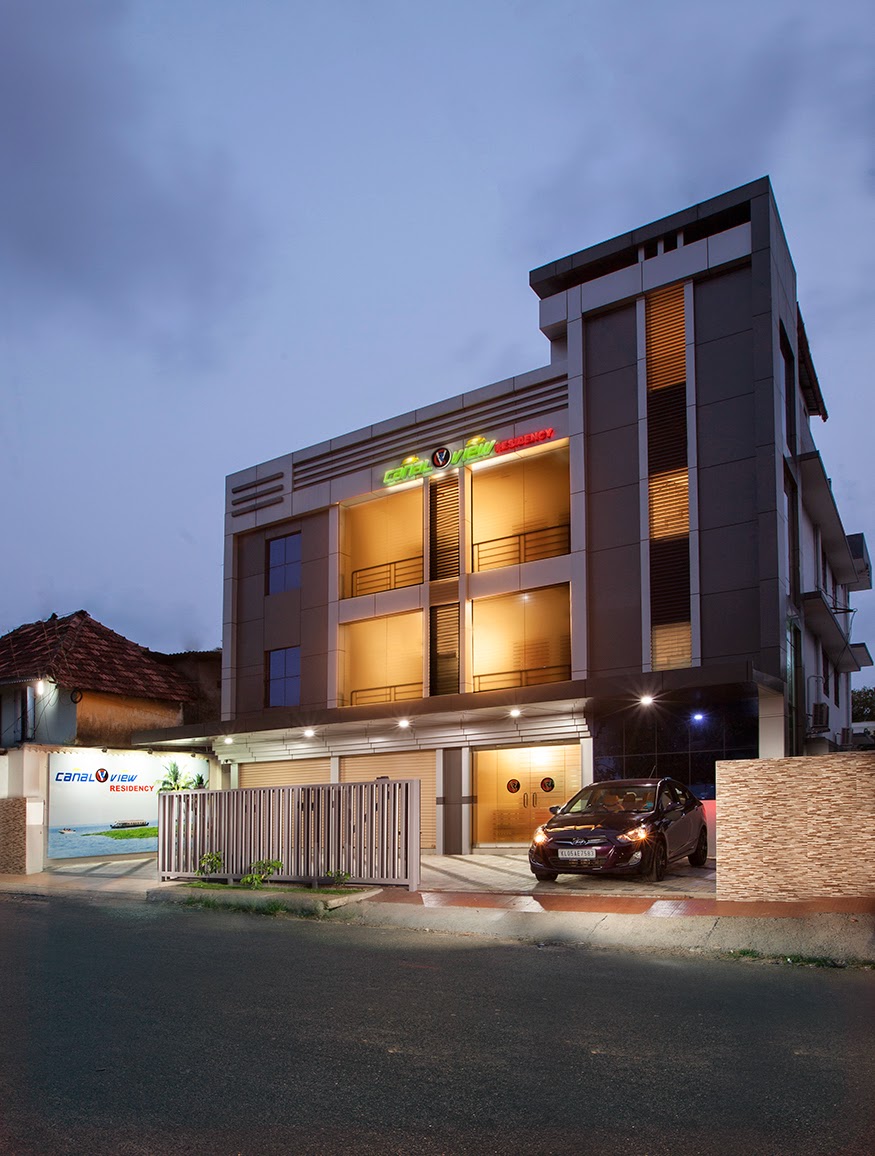In architecture photography, especially when shooting interiors it is absolutely necessary that you get elements across the frame (from those in the foreground to the ones in the background) perfectly sharp.
 |
| Photo by: Jijo John |
Technically what this means is that one need to set focus at the optimum plane of focus and select an aperture which ensures that the available depth of field extends to cover the nearest and the furthest elements in the frame.
When faced with such a situation what most photographers do is to set focus to the middle, for e.g. when shooting a room that is 40 ft long, set focus to 20 ft; and close down the aperture to say f/16 or f/22 or narrower and shoot. Though this technique could work there are many disadvantages, first of all when shooting interiors it is essential that you find the largest aperture possible that will give you enough depth of field to render elements in the foreground and the background sharp. Working with larger exposures gives you more control in terms of flash power and also exposure times. Thus in a way it also allows you to work with low ISO settings giving you the sharpest pictures with the least amount of noise.
It is not only about exposure times or flash power, the image quality of even the best lenses start to deteriorate at apertures narrower than f/22 due to diffraction. All the more reason to find the largest working aperture.
Finding the Optimum Plane of Focus
Though setting the lens to focus at a point half way between the foreground and the background will work, you will find the results are better if you set the lens to its hyper focal distance when shooting large interiors; for small spaces set focus to approximately 1/3 distance from the camera to the farthest wall of the room. The hyper focal distance chart given below shows hyper focal distances for full frame sensor cameras for most commonly used focal lengths in interior photography.
Hyper Focal Distance Chart for Full Frame Cameras
 |
| Hyper Focal Distance Chart for Full Frame Cameras |
Finding the Largest Aperture with Enough Depth of Field to Cover the Entire Room
In the earlier days all SLR camera lenses had depth of field scales engraved on them. But only very few lenses have that feature now. But the good news is everyone now carries a smartphone with them and there are many applications like Depth of Field Calculator and ‘Photobuddy’ that could help you find both hyperfocal distances and also available depth of field for any focal length, focusing distance and sensor size combination.
In some discussions happening at some forums i have seen some people recommending the use of depth of field preview button to check whether the selected aperture has adequate depth of field, but in my experience it is near impossible, considering the light levels in most interiors. But one piece of advise given along with it seems worthy of mention. If there is a doubt, do stop down a couple of stops more and also ensure that the background is in focus rather than the foreground, as this tends to be more visually acceptable in architectural work.
Related Reading
- Aerial Architectural Photography
- Tips for Photographing Shopping Malls and Retail Stores
- How to Photograph Buildings Situated In Narrow Streets
- Creative Architecture Photography Compositions - Shooting Upwards - Deliberate convergence of verticals
- Architecture Photography Tips for Getting Great Results in Adverse Weather Conditions

